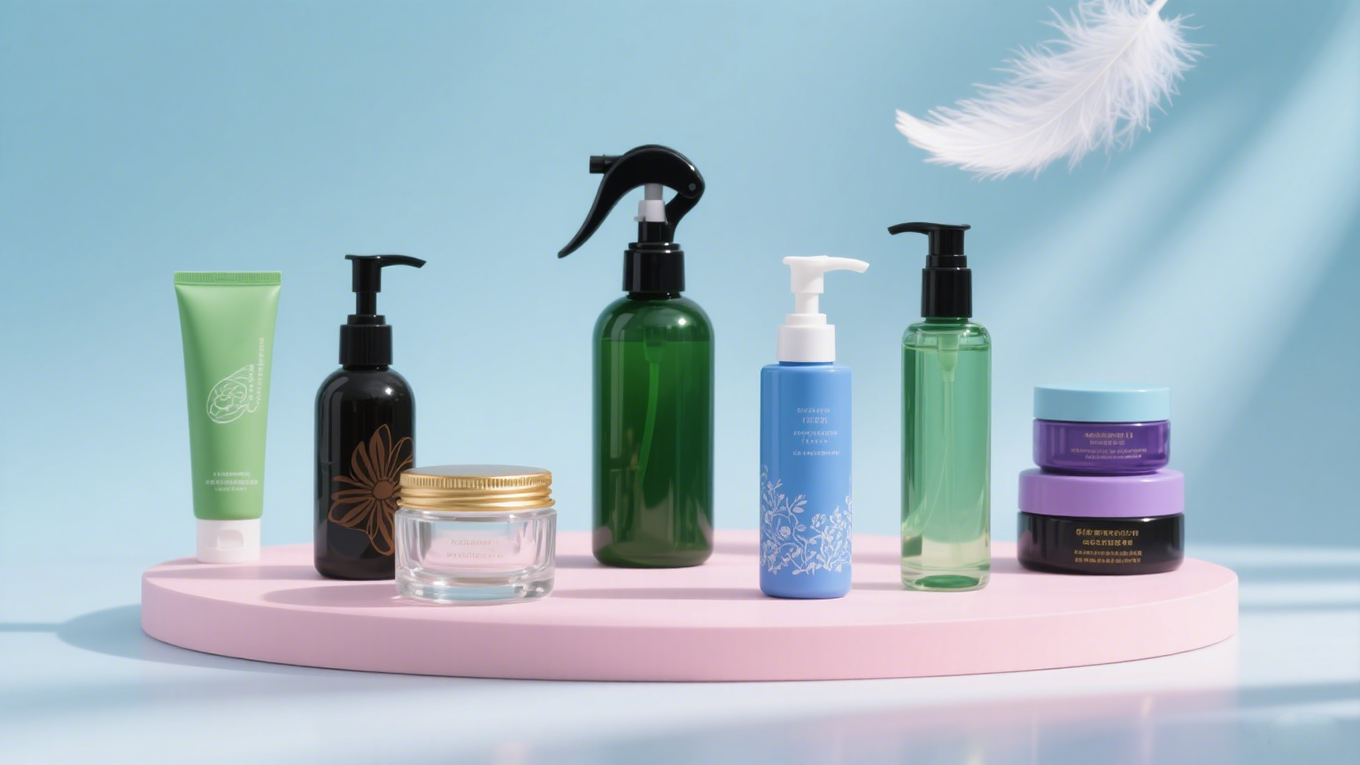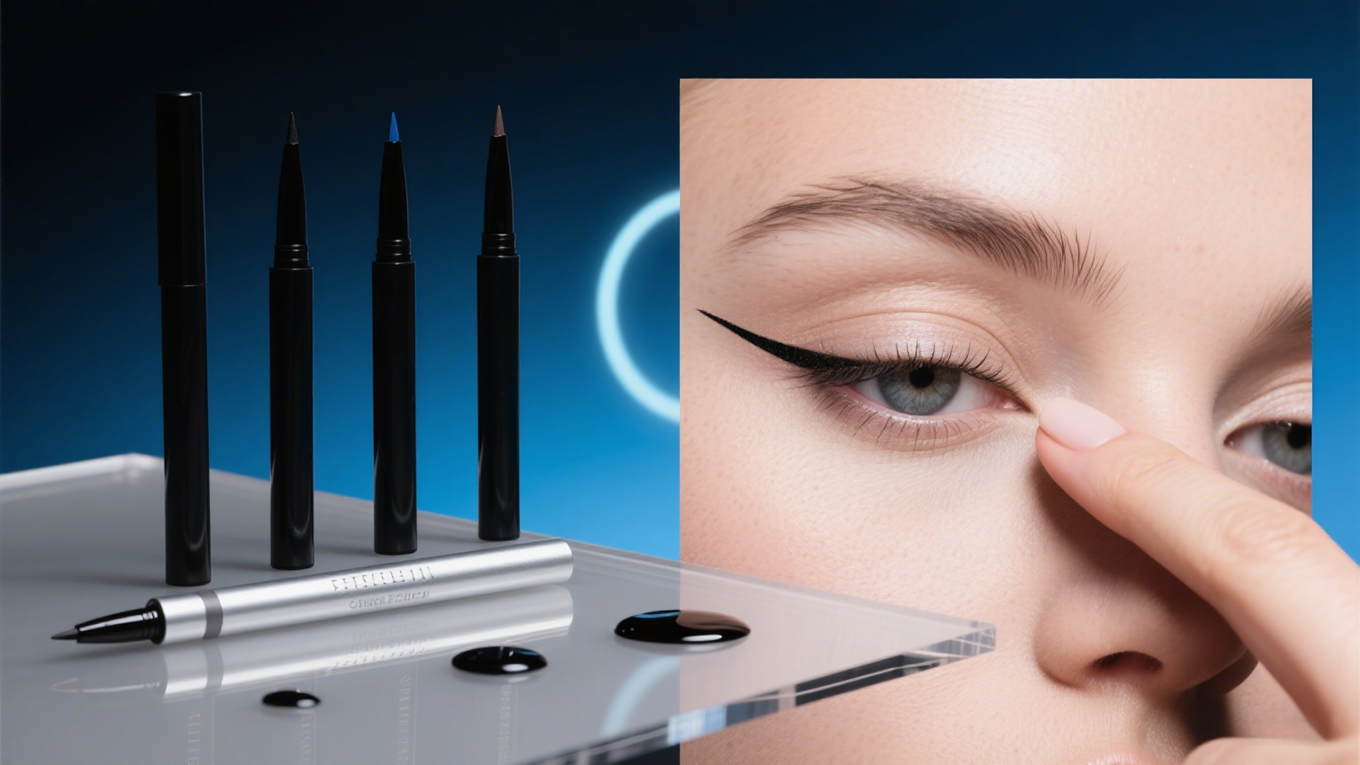Starting your own cosmetics or skincare brand is an exciting venture, but it can also be complex without the right guidance. Partnering with an Original Equipment Manufacturer (OEM) can streamline the process, helping you bring high-quality products to market efficiently. At ZM Beauty Supply, we have developed this step-by-step guide to help aspiring entrepreneurs navigate the OEM collaboration process and successfully launch their own beauty brand.
Understanding OEM in the Beauty Industry
OEM, or Original Equipment Manufacturing, allows brands to create customized products without managing the manufacturing process in-house. This collaboration is particularly beneficial for cosmetics and skincare brands that want to focus on branding, marketing, and distribution rather than production.
Key benefits of working with an OEM include:
- Access to Professional Expertise: OEMs specialize in formulation, production, and quality control, ensuring your products meet industry standards.
- Cost-Effective Production: Partnering with an OEM reduces the need for heavy investment in manufacturing facilities, equipment, and staffing.
- Time Efficiency: OEMs streamline the production process, enabling faster product launches and market entry.
- Customization Flexibility: Brands can develop unique formulations, packaging, and finishes that reflect their identity and target audience preferences.
Step 1: Market Research and Target Audience Analysis
Before beginning product development, conducting thorough market research is essential:
- Identify Trends: Analyze current beauty trends such as natural ingredients, vegan products, anti-aging skincare, and long-lasting makeup.
- Assess Competition: Understand competitor offerings, pricing strategies, and product positioning.
- Define Target Audience: Identify the demographics, lifestyle preferences, and skincare or cosmetic needs of your ideal customers.
- Determine Product Gaps: Discover unmet consumer needs or niche markets that your brand can address effectively.
Market research provides a strong foundation for product strategy, helping you develop offerings that resonate with consumers.
Step 2: Product Conceptualization and Formulation
Once you have a clear understanding of the market, the next step is product conceptualization:
- Select Product Types: Decide on the categories you want to enter, such as skincare serums, facial masks, lipsticks, or eyeliners.
- Define Product Features: Consider the key benefits, ingredients, textures, scents, and packaging styles your products should include.
- Collaborate with OEM Chemists: Work closely with OEM R&D teams to create formulations that meet quality, efficacy, and safety standards.
- Prototype Testing: Request prototypes to test product performance, texture, and compatibility with various skin types before mass production.
This stage ensures that your products are effective, safe, and aligned with your brand vision.
Step 3: Regulatory Compliance and Quality Assurance
Cosmetics and skincare products are subject to regulatory standards to ensure safety:
- Ingredient Safety: Verify that all components comply with local and international regulations.
- Labeling Requirements: Ensure that packaging includes required information such as ingredient lists, warnings, and expiration dates.
- Certifications: Consider obtaining certifications such as cruelty-free, vegan, or organic to enhance brand credibility.
- Quality Control: Implement testing protocols for consistency, stability, and shelf-life to maintain product integrity.
OEMs often have expertise in regulatory compliance, which minimizes the risk of legal issues and recalls.
Step 4: Packaging Design and Branding
Packaging plays a vital role in product appeal and consumer perception:
- Choose Materials: Select packaging materials that protect your product and reflect brand aesthetics.
- Design Visuals: Develop logos, color schemes, and graphics that convey your brand identity.
- Consider Sustainability: Eco-friendly packaging resonates with environmentally conscious consumers.
- Functional Design: Ensure packaging is user-friendly and enhances product experience.
Collaborate with designers and your OEM to create packaging that aligns with your brand image and stands out on retail shelves.
Step 5: Production Planning and Order Management
Efficient production planning is critical for timely product launch:
- Define Order Quantities: Determine minimum order quantities (MOQs) with your OEM to optimize cost and inventory.
- Set Timelines: Establish production schedules, factoring in formulation finalization, testing, and packaging.
- Monitor Quality: Regularly review manufacturing progress and quality checkpoints to ensure consistency.
- Plan Logistics: Coordinate warehousing, shipping, and distribution to streamline product delivery.
Effective production planning ensures your brand meets demand without overstocking or delays.
Step 6: Marketing and Product Launch
A well-executed marketing strategy drives brand visibility and sales:
- Create Brand Story: Highlight the mission, vision, and unique selling points of your brand.
- Leverage Digital Channels: Utilize social media, influencer partnerships, and e-commerce platforms to reach your target audience.
- Offer Promotions: Launch campaigns, discounts, or giveaways to generate initial consumer interest.
- Gather Feedback: Monitor reviews and consumer responses to refine future product offerings.
Marketing is an ongoing effort that builds brand loyalty and drives growth.
Step 7: Continuous Innovation and Expansion
Sustaining a successful cosmetics or skincare brand requires innovation:
- Introduce New Products: Expand your line with complementary items or seasonal collections.
- Monitor Trends: Stay updated on industry innovations such as clean beauty, advanced formulations, or multifunctional products.
- Enhance Formulations: Improve existing products based on consumer feedback and emerging research.
- Collaborate Strategically: Partner with influencers, retailers, or other brands to increase market reach.
Continuous improvement keeps your brand competitive and relevant in the dynamic beauty industry.
Launching your own cosmetics and skincare brand through OEM collaboration provides a practical, cost-effective way to enter the beauty market. From market research and product formulation to regulatory compliance, packaging, and marketing, each step requires careful planning and collaboration with experts. By following this guide, aspiring beauty entrepreneurs can confidently navigate the complexities of OEM partnerships, create high-quality products, and build a brand that resonates with consumers worldwide.
At ZM Beauty Supply, our goal is to empower brands with the knowledge and resources to succeed in the cosmetics and skincare industry. A strategic OEM collaboration can transform your vision into a successful, market-ready brand that stands out for quality, innovation, and consumer appeal.



